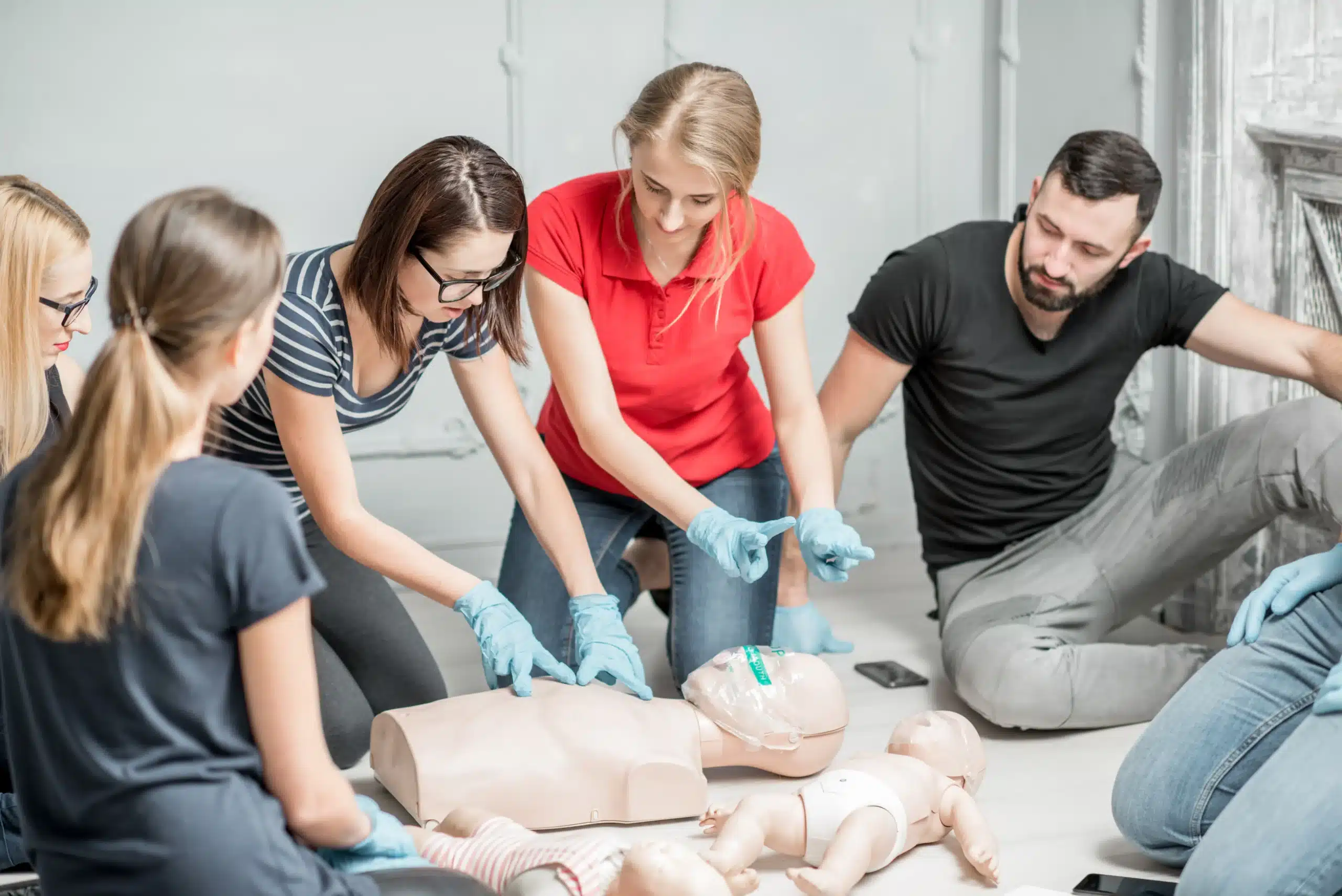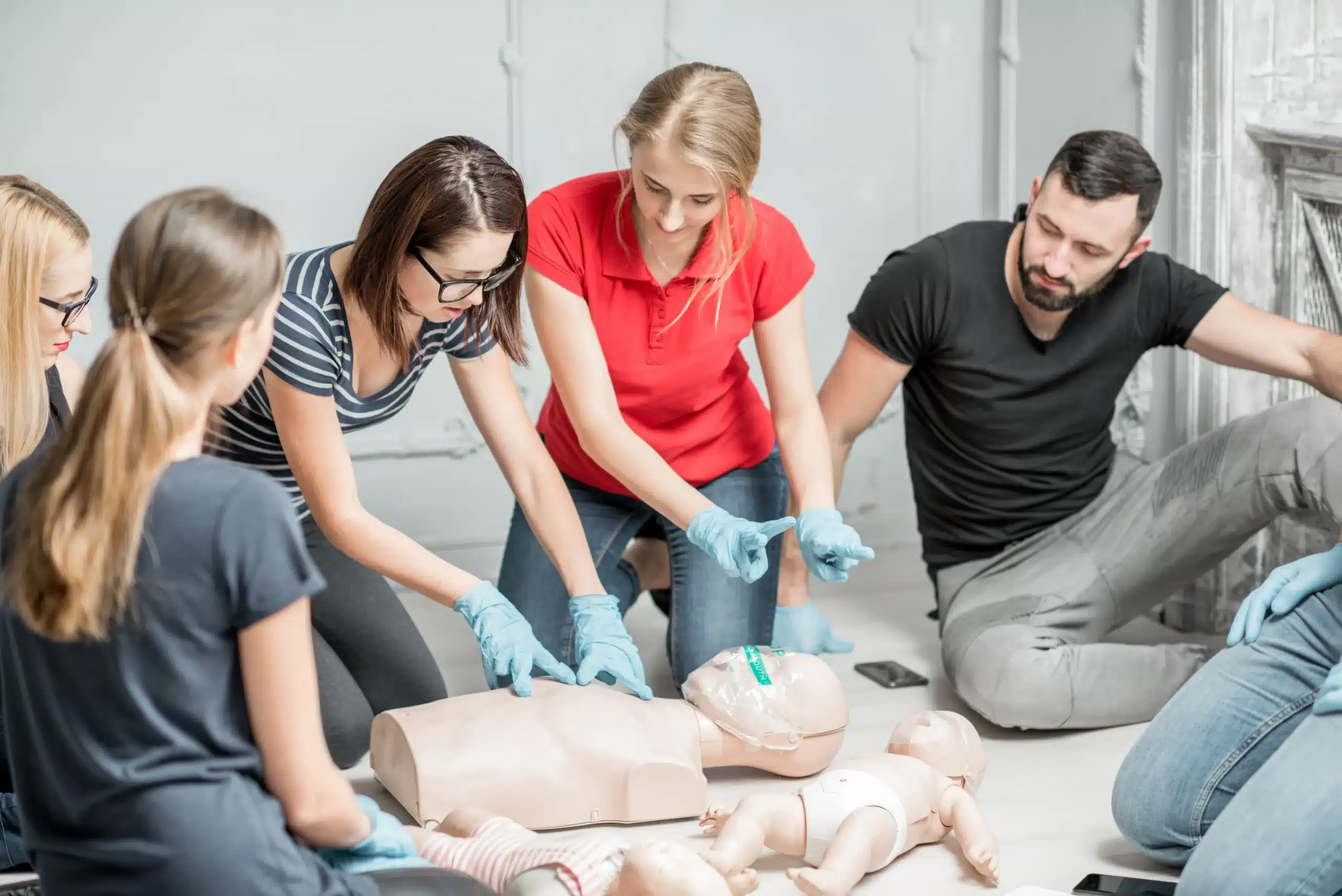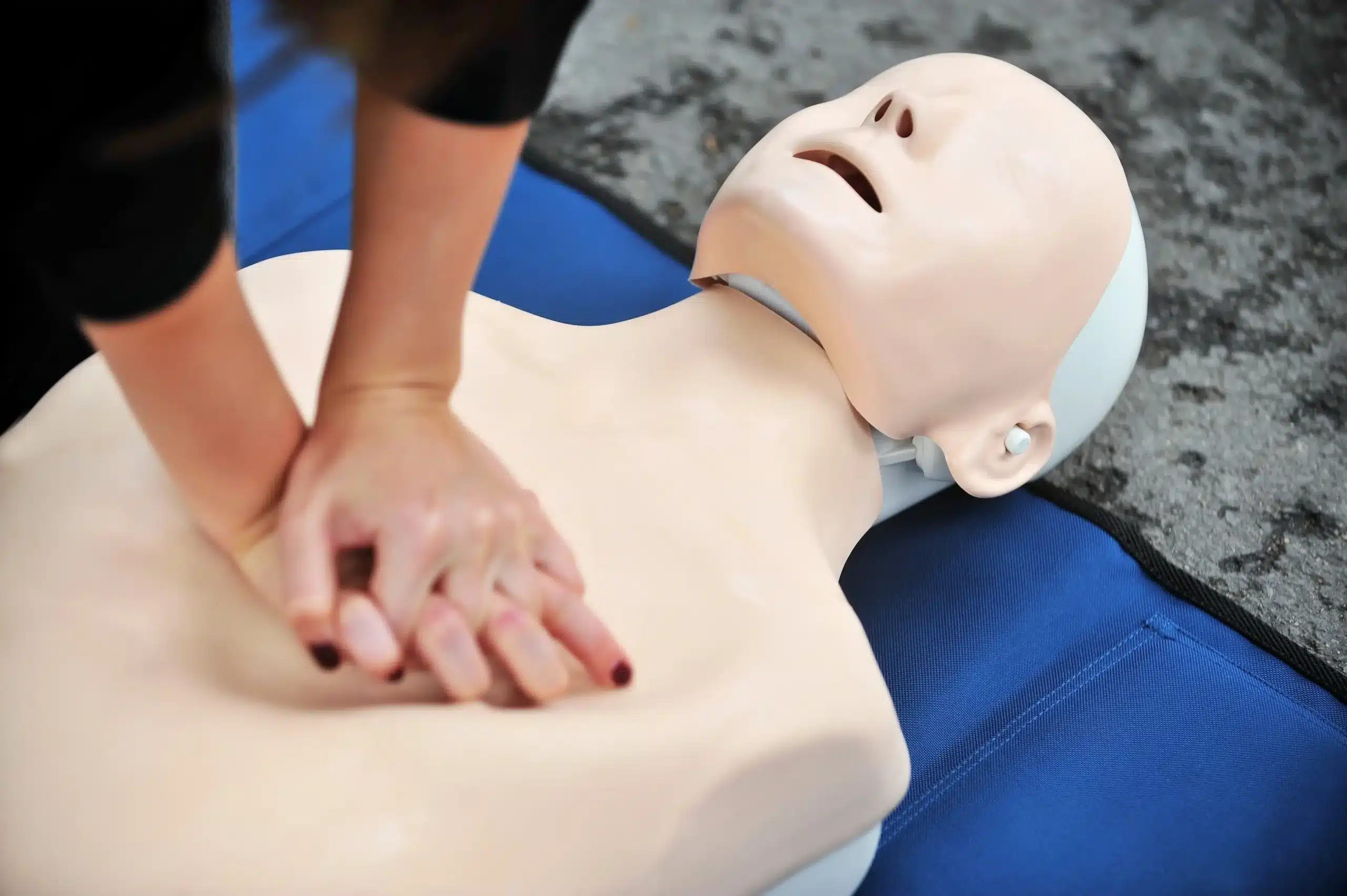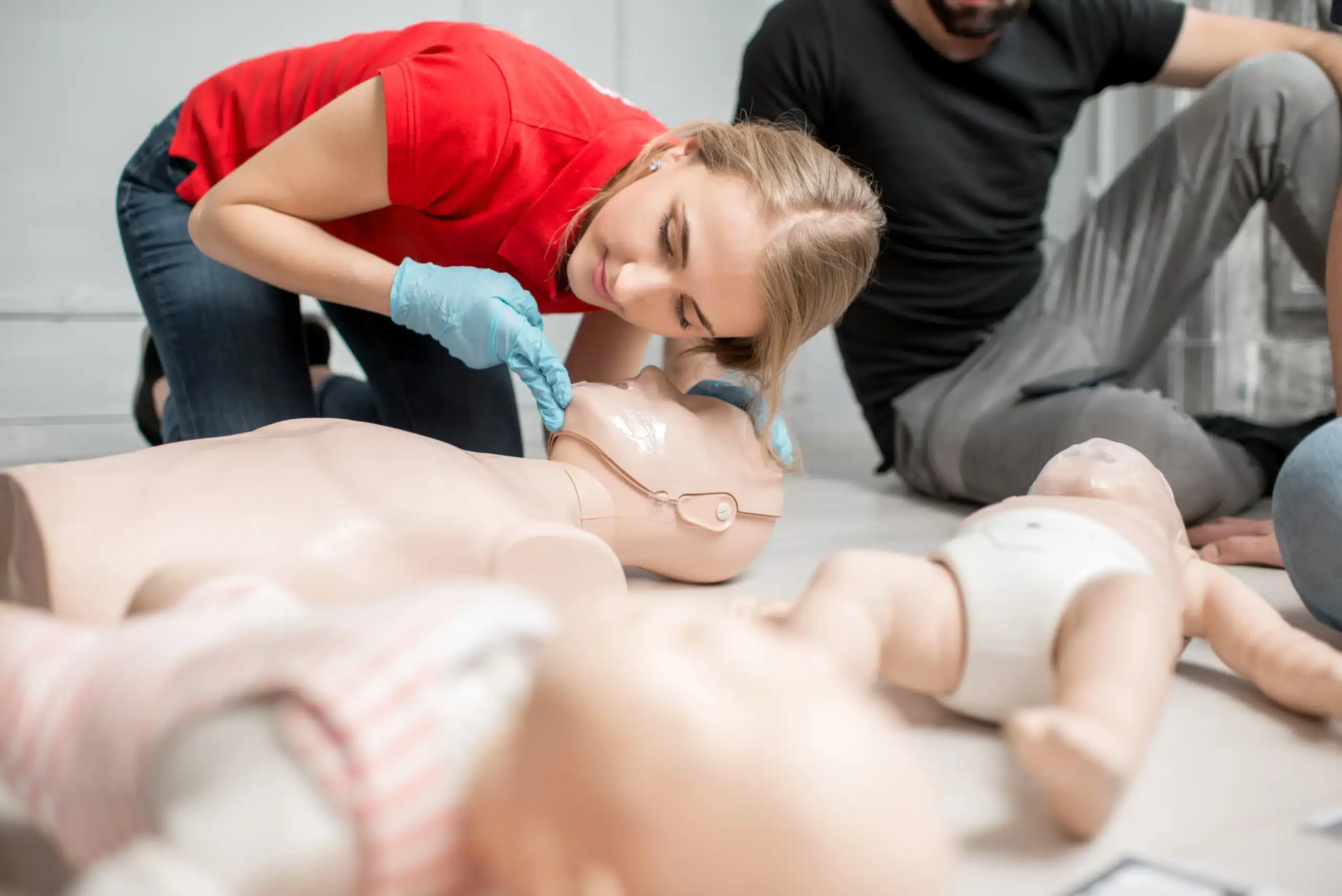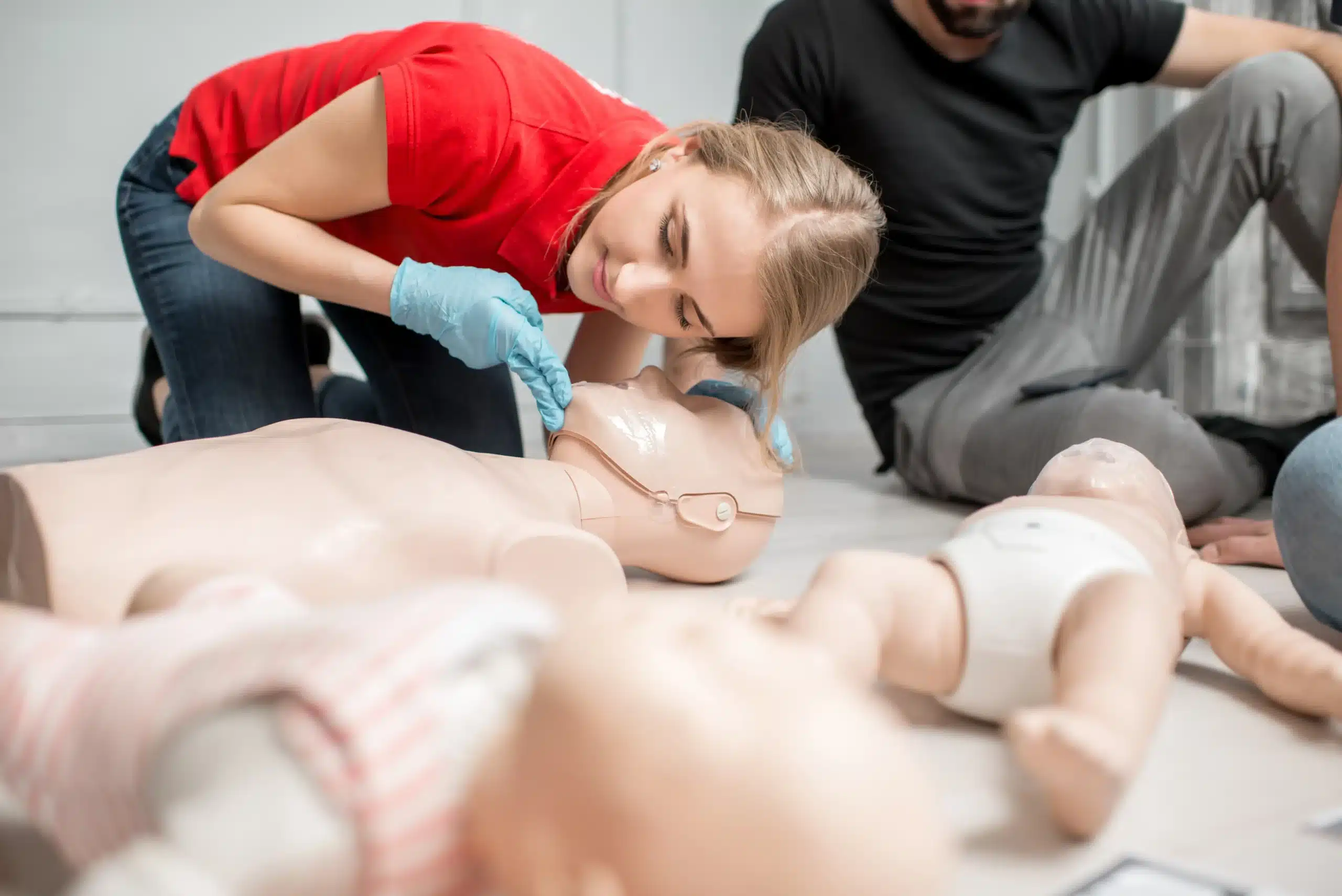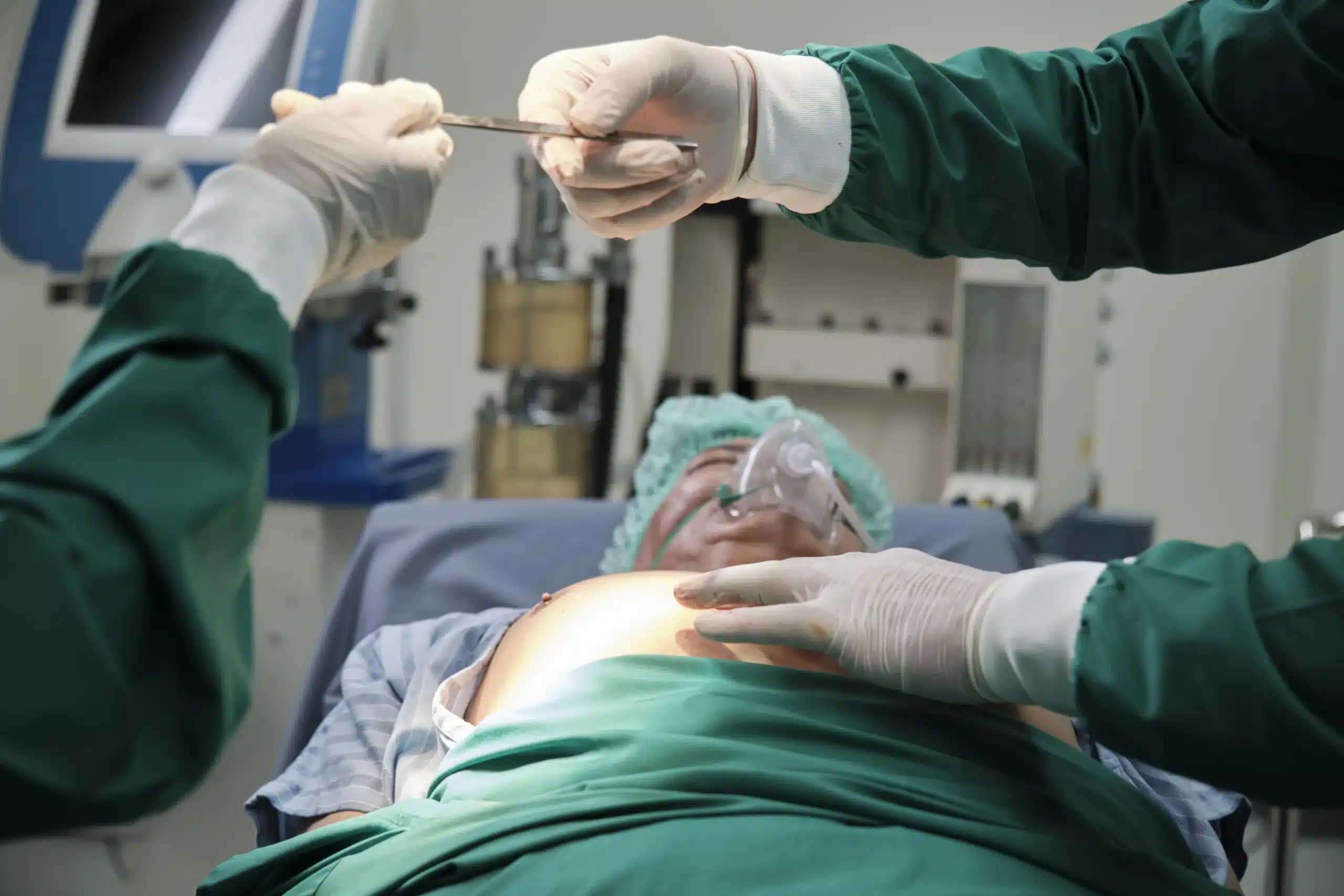Cardiopulmonary resuscitation (CPR) is a life-saving technique that can be performed by anyone, at any time. However, despite its importance and widespread training, there are many myths surrounding CPR that can discourage people from performing it when needed. In this blog, we debunk some common CPR myths to help you understand the true importance of this life-saving technique.
Myth #1: You need to be certified to perform CPR
Many people believe that they need to undergo formal training and certification in order to perform CPR correctly. While formal training is certainly beneficial and recommended, it is not necessary for performing effective CPR. The American Heart Association states that even untrained individuals can perform CPR by following the steps of hands-only CPR, which involves chest compressions without mouth-to-mouth breaths. However, it is still recommended to undergo formal CPR training for a better understanding of the technique and its variations.
Myth #2: You will hurt the person while performing CPR
CPR involves applying pressure to the chest in order to manually circulate blood and oxygen to vital organs. This may seem like an aggressive action, but it is necessary in order to save a person’s life. The American Red Cross states that any broken ribs or other injuries caused by CPR are minor compared to the potential loss of life if CPR is not performed.
Myth #3: CPR can restart a stopped heart
One of the biggest misconceptions about CPR is that it can restart a stopped heart. In reality, CPR is used to manually circulate blood and oxygen to vital organs until advanced medical help arrives. The goal of CPR is not to restart the heart, but rather to keep vital organs functioning until a defibrillator or other medical interventions are available.
Myth #4: You should stop performing CPR when you feel a pulse
Feeling for a pulse may seem like an obvious indication that the person has been revived, but this is not always the case. In some situations, such as cardiac arrest caused by drowning or drug overdose, the person’s heart may start beating again temporarily but they are not yet fully revived. It is important to continue performing CPR until trained medical professionals arrive and take over.
Myth #5: You can only perform CPR on a hard surface
Contrary to popular belief, CPR can be performed on any surface as long as the person’s body is flat and stable. This means that it can be performed on a bed, couch, or even in the backseat of a car if necessary. The most important thing is to ensure that the person’s chest can compress at least two inches with each compression.
Myth #6: CPR always saves lives
Unfortunately, not all cases of cardiac arrest can be successfully treated with CPR. The success rate of CPR varies depending on the situation and underlying health conditions of the person. However, performing CPR still increases the chances of survival compared to doing nothing at all.
Myth #7: Performing CPR can cause harm to yourself
It is natural to worry about your own safety when performing CPR on someone in distress. However, according to the American Red Cross, there is no evidence that performing CPR harms the rescuer in any way. In fact, providing immediate life-saving care can make all the difference in saving a person’s life.
Conclusion:
CPR is a vital skill that can save lives in emergency situations. By debunking these common myths, we hope to encourage more individuals to learn and perform CPR when necessary. Remember, every minute counts in a cardiac emergency, so don’t be afraid to take action and potentially save a life.

